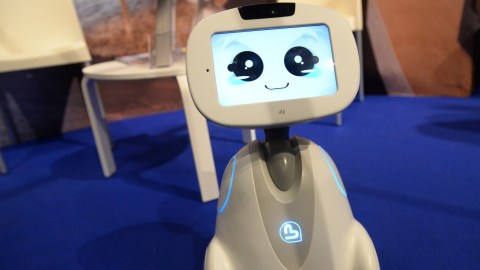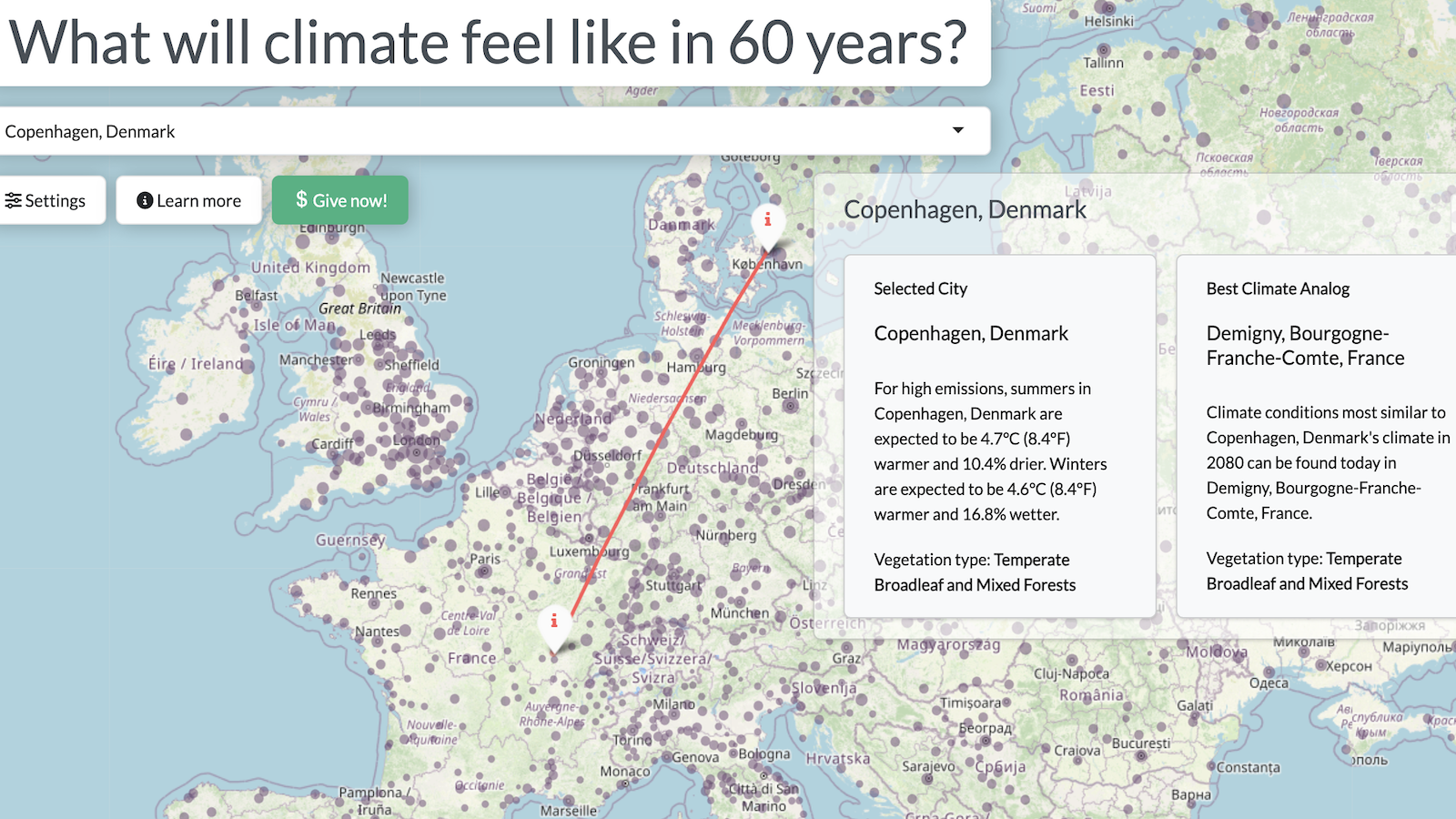Why researchers are teaching robots to feel pain

A group of German researchers are developing a way for robots to process pain. This “artificial robot nervous system” is designed to allow the robots to “feel” and avoid further unwanted stimulus.
We know from humans born with congenital analgesia, a genetic disorder that causes individuals not to feel pain, injury is high. Pain is a key component to human preservation and it could be as equally valuable to robotic safety. “Pain is a system that protects us,” researcher Johannes Kuehn told IEEE Spectrum. “When we evade from the source of pain, it helps us not get hurt.”
This system would help robots protect themselves from harm, giving robots a “pain reflex” would allow them to react to physical disturbances.
The researchers developed a prototype, which uses a tactile fingertip sensor allowing it to process temperature and pressure. The video below shows a prototype reacting to various levels of discomfort:
We like robots because they can do jobs which would be otherwise fatal to humans, like going into highly radioactive environments. So, why would we want them to feel pain? A pain system could have applications for human-robot teams, which would allow robots to predict and prevent human harm.
Researchers from Stanford and University of Rome-La Sapienza built a robot that avoids collisions with humans. A pain-sensory system builds upon this idea, allowing robots to also prioritize their own survival, so long as it also accounts for the preservation of human life first.
When designers implement these self-preservation systems into everyday robots,Isaac Asimov’s Three Laws of Robotics will be important to remember:
A robot may not injure a human being or, through inaction, allow a human being to come to harm.
A robot must obey the orders given it by human beings except where such orders would conflict with the First Law.
A robot must protect its own existence as long as such protection does not conflict with the First or Second Laws.
***
Photo Credit: ERIC PIERMONT/AFP/Getty Images




